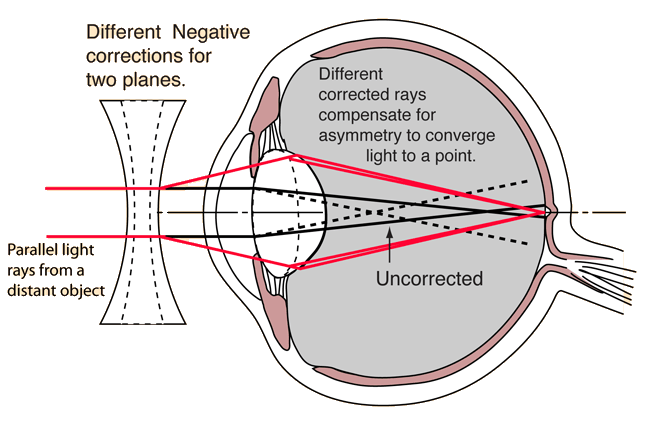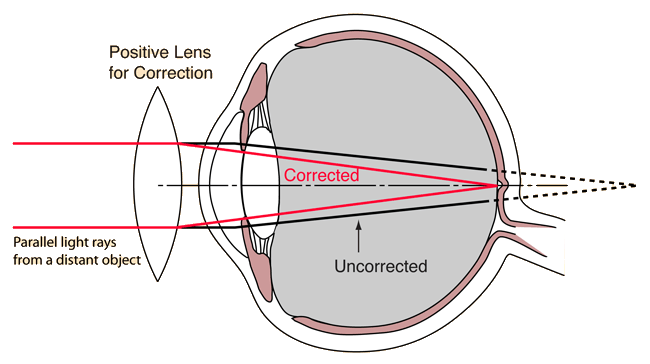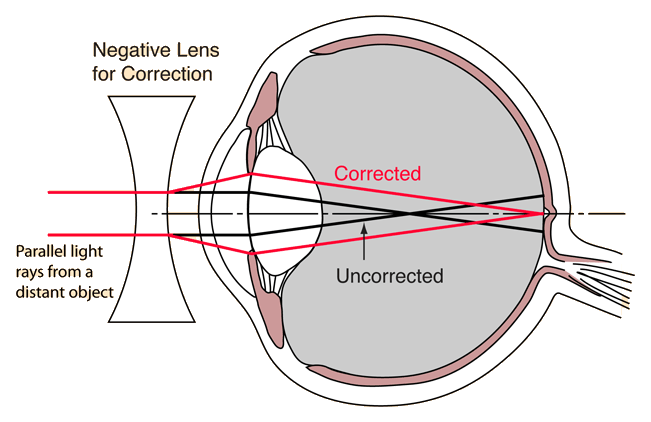The World Through Our Sense
Wednesday 29 August 2012
Wednesday 18 July 2012
Sound And Hearing
SOUND
• Sound is a type of energy that involves the vibration of
molecules in a medium, such as air or water.
• Sound is transmitted through a medium as a pressure wave.
• Sound vibrations are caused by an initial disturbance in a
medium that causes molecules around it to vibrate.
Examples: a guitar string being plucked, vocal chords
vibrating, vibrations of a diaphragm in a stereo speaker
• The rate at which sound vibrates is called the frequency of
the sound. Frequency is measured in Hertz (Hz).
• The amplitude of a sound wave is related to the loudness of
the sound. Loudness is measured in decibels.
HEARING
• Our ears receive and transmit sound wave vibrations to our
brains so that we can interpret the sounds around us.
• Humans can hear a range of frequencies from 20 to 20,000
Hz. Different animals can hear different ranges of sound
frequencies.
• Loud or high‐frequency sounds can cause damage to our
ears, causing hearing damage or hearing loss.
Credit:http://siemensscienceday.discoveryeducation.com/support-center/pdf/5-Minute_soundandhearing.pdf
Saturday 14 July 2012
Streoscopic Vision
Stereopsis (from stereo- meaning "solid" or "three-dimensional", and opsis meaning appearance or sight) is the impression of depth that is perceived when a scene is viewed with both eyes by someone with normal binocular vision.
Importantly, stereopsis is not usually present when viewing a scene with one eye, when viewing a picture of a scene with both eyes, or when someone with abnormal binocular vision (strabismus) views a scene with both eyes. This is despite the fact that in all these three cases humans can still perceive depth relations.
Example animal of streoscopic:owl
Importantly, stereopsis is not usually present when viewing a scene with one eye, when viewing a picture of a scene with both eyes, or when someone with abnormal binocular vision (strabismus) views a scene with both eyes. This is despite the fact that in all these three cases humans can still perceive depth relations.
Example animal of streoscopic:owl
Friday 13 July 2012
Monocular Vision
Monocular vision is vision in which each eye is used separately. By using the eyes in this way, as opposed by binocular vision, the field of view is increased, while depth perception is limited. The eyes are usually positioned on opposite sides of the animal's head giving it the ability to see two objects at once.
Most birds and lizards (except chameleons) have monocular vision. Owls and other birds of prey are notable exceptions. Also many prey have monocular vision to see predators.
Credit: http://en.wikipedia.org/wiki/Monocular_vision
Most birds and lizards (except chameleons) have monocular vision. Owls and other birds of prey are notable exceptions. Also many prey have monocular vision to see predators.
Credit: http://en.wikipedia.org/wiki/Monocular_vision
Thursday 12 July 2012
Defects Of Vission (Astigmatism)
Astigmatism: This defect is when the light rays do not all come to a single focal point on the retina, instead some focus on the retina and some focus in front of or behind it. This is usually caused by a non-uniform curvature of the cornea. A typical symptom of astigmatism is if you are looking at a pattern of lines placed at various angles and the lines running in one direction appear sharp whilst those in other directions appear blurred. Astigmatism can usually be corrected by using a special spherical cylindrical lens; this is placed in the out-of-focus axis.
Defects Of Vission (Hyperopia)
Hyperopia: (farsightedness) This is a defect of vision in which there is difficulty with near vision but far objects can be seen easily. The image is focused behind the retina rather than upon it. This occurs when the eyeball is too short or the refractive power of the lens is too weak. Hyperopia can be corrected by wearing glasses/contacts that contain convex lenses.
Credit:http://hyperphysics.phy-astr.gsu.edu/hbase/vision/eyedef.html and http://www.chm.bris.ac.uk/webprojects2002/upton/defects_of_the_eye.htm
Defects Of Vission (Myopia)
Myopia: (nearsightedness) This is a defect of vision in which far objects appear blurred but near objects are seen clearly. The image is focused in front of the retina rather than on it usually because the eyeball is too long or the refractive power of the eye’s lens too strong. Myopia can be corrected by wearing glasses/contacts with concave lenses these help to focus the image on the retina.
Subscribe to:
Posts (Atom)




